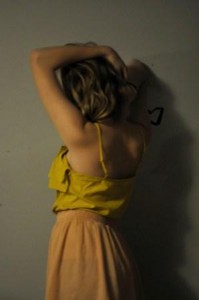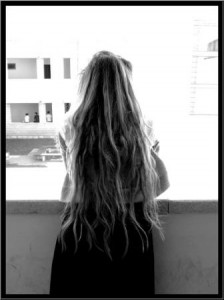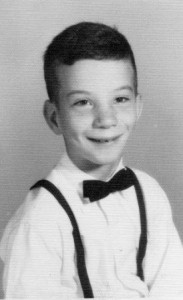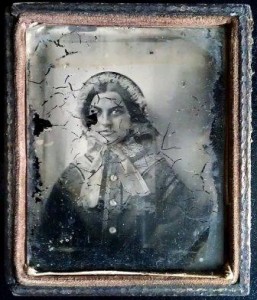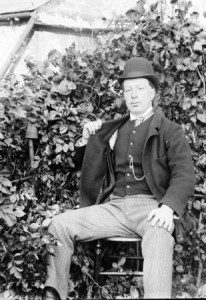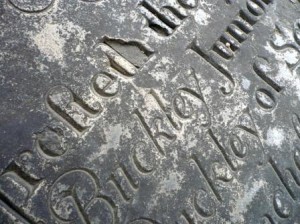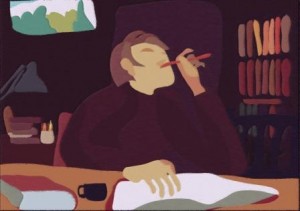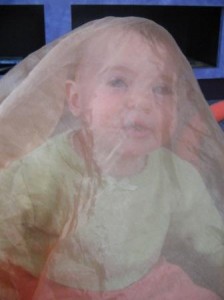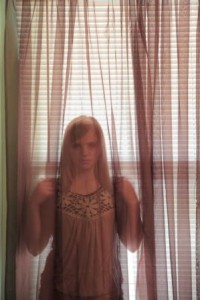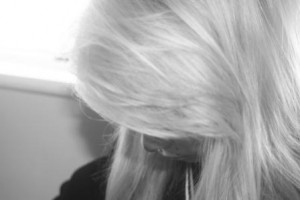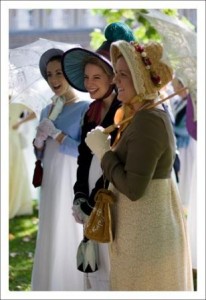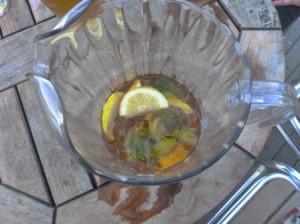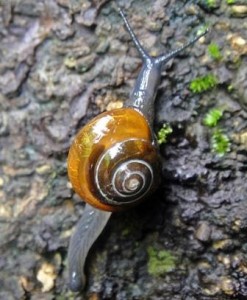My dear,
The creative adult is the child who survived.
The creative adult is the child who survived after the world tried killing them, making them “grown up”. The creative adult is the child who survived the blandness of schooling, the unhelpful words of bad teachers, and the nay-saying ways of the world.
The creative adult is in essence simply that, a child.
Falsely yours,
Ursula LeGuin
My experience doesn’t quite agree with Ursula LeGuin: my schooling was not bland. In my various Primary Schools, there was a good deal of violence: of playground bullying and the sneering rejection of the newcomer with the odd accent and ‘posh’ vocabulary. The continuous mockery of anyone who showed talent (other than on the sports field) by my peers didn’t exactly encourage the bright children to offer answers or stick up for each other.
Secondary School brought fewer bruises but more harm to my self-confidence. There was isolation, exclusion and worst of all false friendship. More than once I was stupid enough to believe in my apparent acceptance into a popular group. I would relax, be myself, be the star turn – only to have the set-up gleefully explained to me.
‘We just wind you up and off you go.’
Then came the loneliness again.
And what of the nay-saying ways of the world? In my case, never mind the world, what about some parts of my family? Water on stone: a steady erosion of my self-belief.
Dolly Daydream.
Lizzy Dripping.
What do you want that for?
Why can’t you do it properly?
That’s not for girls.
Why can’t you be like Mrs Perfect’s daughter?
You’ve spelled that wrong.
Silly waste of time.
That’s not how it’s done.
Join e to d like this.
What’s that supposed to be?
I’m too busy.
This piece isn’t intended as a plea for sympathy (though I do appreciate a little support at times, if I’m honest). My point is that many creative writers and other artists I have met have been thorough the mill like me. One way or another they have survived.
As a survivor though, I have scars and flashbacks. There are damaged, healed-over places which are painful to probe. There are memories I don’t want replayed.
But that’s where the best raw material lies.
Do you know ways to deal with this? To let the child survivor out to play safely?

